Aerated concrete house insulation technology outside
Despite the assurance of manufacturers that the gas blocks have high thermal insulation performance, the owners of the buildings claim that insulation is still necessary. It is better to start such work from the inside of the house and only then move on to the outer part, this will create the necessary space between the main wall.
When does the need for insulation arise?
If the density of aerated concrete is D500, this is the most popular size for which the wall thickness is 300 mm. Such walls need to improve their thermal insulation qualities.
If cement mortar is used instead of glue, it is this material that does not give the necessary parameters for thermal insulation.
If there are thick joints between the concrete blocks, it is necessary to insulate the facade, since cold air flows will pass through them.
Correctly and efficiently made insulation will not only help to retain heat, but also protect the blocks from destruction due to atmospheric phenomena.
The thicker the insulation material, the warmer it will be in the house and the less heating costs. The optimum thickness is 10 cm.
Thermal insulation methods
Today there are two main methods of thermal insulation of an aerated concrete house: external and internal.
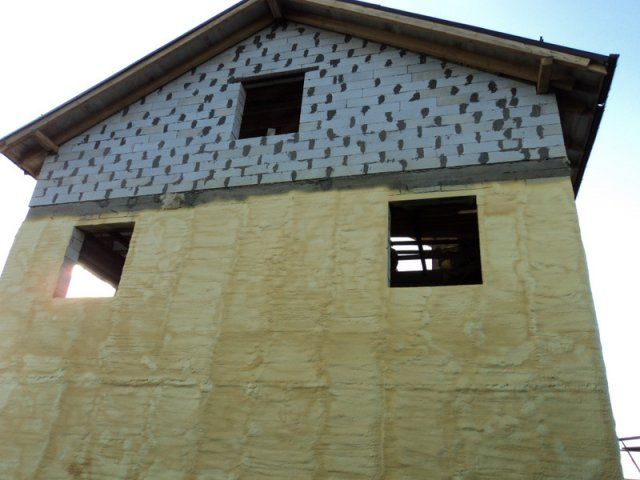
External insulation of the facade has many advantages compared to the internal one:
- the blocks are protected from the effects of atmospheric phenomena;
- high sound absorption;
- aesthetic appearance of the building facade.
Varieties of outdoor work
Such work can be done with a light, heavy or three-layer method.
Light type - an insulator with a thickness of up to 15 mm is used. It is fastened to the surface with dowels and covered with several layers of plaster.
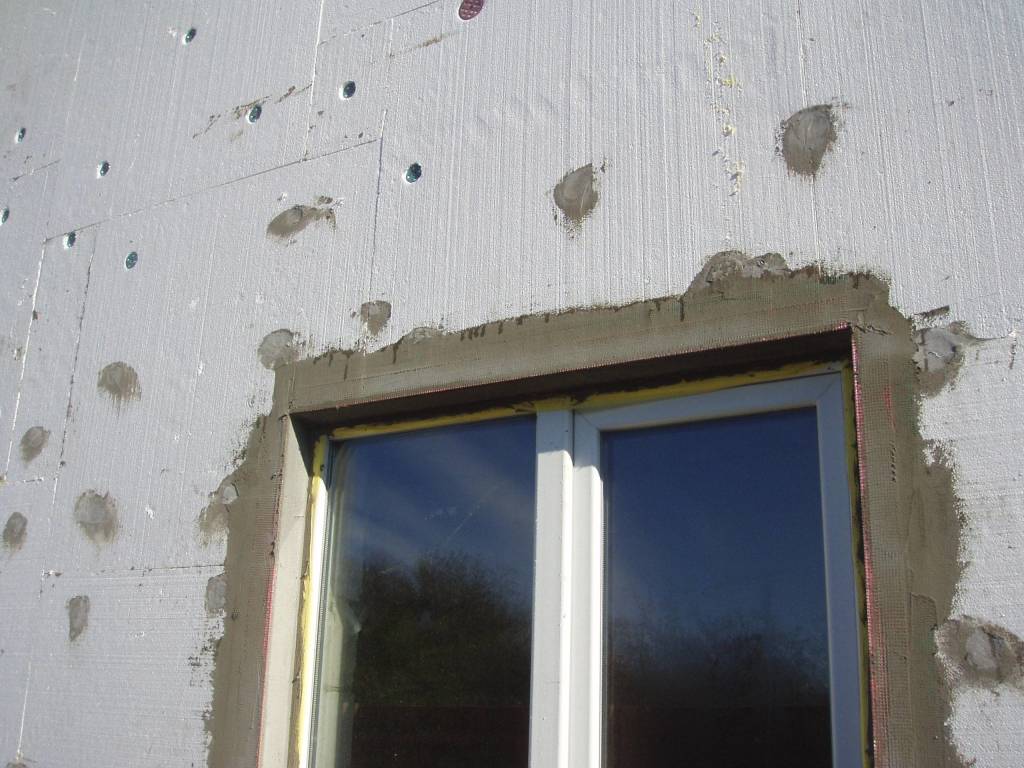
A heavy system involves the use of a thermal insulator up to 50 mm thick. For the best effect, a reinforcing mesh is used and a surface layer of decorative plaster is applied.

The three-layer version is used for ventilated facades. Insulation material, cladding and waterproofing film are required.
Styrofoam
If the budget is limited, then it is best to choose polystyrene for insulating aerated concrete.
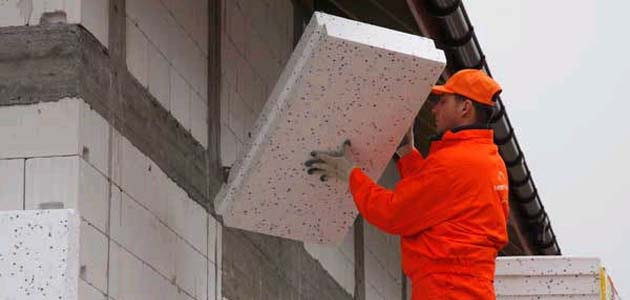
The main thing you need to know with such thermal insulation is that the foam does not allow steam to pass through, which means that additional ventilation will be required.
Instruments
- Styrofoam;
- glue;
- putty knife;
- dowels;
- plaster.
Surface preparation
Work begins with cleaning the walls from dirt and dust.

After that, the gas blocks are inspected and all irregularities are cleaned.
Fastening the heat insulator
The foam is attached to a special glue that must be applied with a notched trowel. The mixture is applied to the insulation and the entire surface of the walls.

After some time, additional fixation is carried out with plastic dowels. Sheets must be fastened with a slight offset.
Cladding
The surface near windows and doors is additionally reinforced with fiberglass mesh. This will allow the insulation to adhere even more tightly to the wall and reduce the penetration of cold to a minimum. Plastering and painting can be carried out only after complete drying.
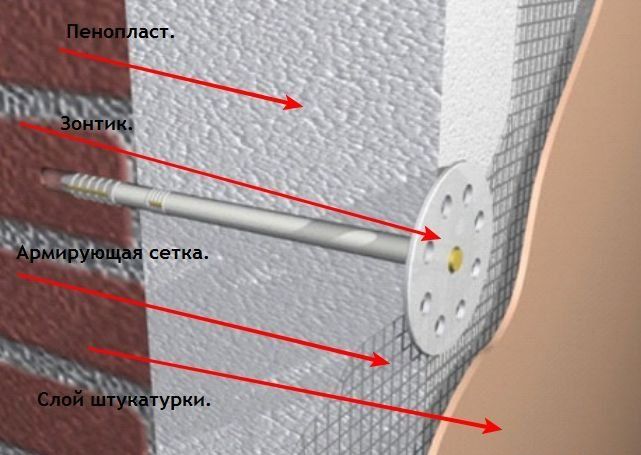
Correctly placed foam will create the necessary conditions for thermal insulation of the room.
Due to its good strength and vapor permeability, cotton wool is often used as a heater. This is the most suitable option, because its service life reaches 70 years.

Mineral wool is resistant to mechanical damage, does not burn and has a good vapor permeability. The material is safe for health and environmentally friendly.
It is best to use small mats to prevent the insulation from settling under its own weight.
Instruments
- mineral wool;
- special glue;
- plastic dowels;
- fiberglass mesh.
Preparatory stage
The walls are thoroughly cleaned of all kinds of dirt. This can be done with any tool at hand.
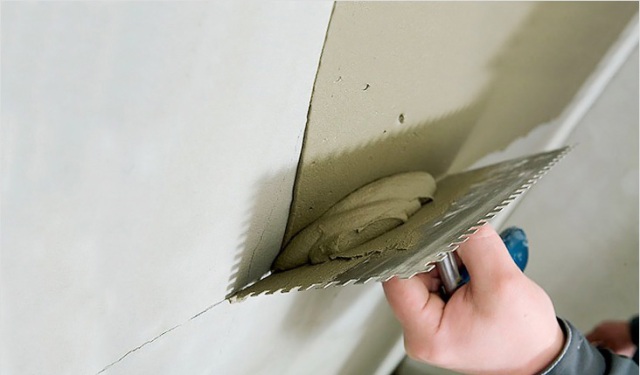
To protect the surface, apply a layer of primer with a roller or brush and dry well.
Insulation installation
The mineral wool is fixed with special glue and additionally with plastic dowels.
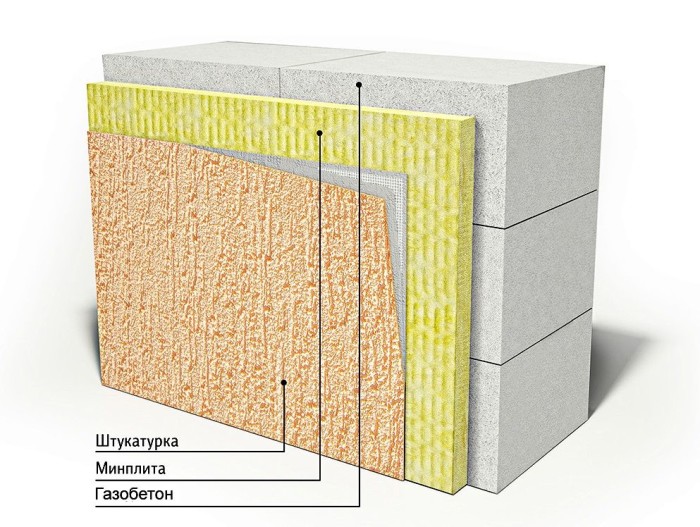
The adhesive composition must completely cover the entire insulation, this will prevent cold air from entering the room. It should take at least a day to dry the glue.
Cladding
Now you can apply fiberglass, this will protect the cotton from the inside from the effects of plaster and paint and prevent cracks from appearing. Metal profiles need to be fixed at the corners, this will make them more rigid and even.

It is better to additionally cover the mesh with glue. This will prevent it from moving and creating bumps on the surface. Once dry, a layer of plaster or paint can be applied.
Interior decoration
In addition to the external insulation of aerated concrete, you can finish the room from the inside, this will completely preserve the wall from any external influences and not only save the aerated concrete from destruction, but also significantly save your money on heating bills in the future.

For high-quality insulation, only vapor-permeable materials are used, it is they who complement all the properties of aerated concrete and maintain the desired indoor climate.
Materials (edit)
- plasterboard panels;
- primer;
- plaster;
- water;
- glue;
- dye.
Preliminary work
A primer is applied to the wall, after it dries, drywall is attached.

If the walls are even, it can be fixed immediately with the help of dowels; otherwise, you need to make a frame of profiles, which will make the corners perfectly even.
Fastening thermal insulation material
A layer of primer must be applied to the insulation to get rid of the fungus and other unpleasant consequences. It should be given enough time to dry completely.
After that, you can apply a layer of plaster. It is laid out in a slightly thick layer, after drying, the excess is cleaned by leveling the walls.
The final stage
The next day, the surface of the wall is slightly moistened with water and smoothed again. Once completely dry, paint or decorative plaster can be applied.
Important! Areas near a window or doors need to be additionally insulated from the inside. To do this, you can use special corners or a second layer of reinforcing mesh.



